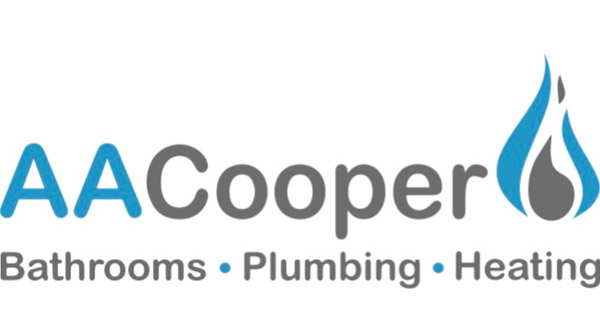Is there a water leak on your property? Perhaps your bill is higher than usual – in which case, you may have a leaky pipe or appliance. Other common signs that you might have a leak on your home or business premises are:
- Your water pressure is reduced to a weak trickle.
- You might have a swamp for a front lawn.
- There are worrying new soft patches and depressions in the ground. Your lawn might be looking much healthier in some areas than others, despite your efforts at watering evenly.
- The outside paving, bricks or concrete around your house are damp and unstable.
- There are damp patches inside your property.
- You’ve noticed a constant noise of flowing water coming from the pipes in your home or business.
It’s not always easy to tell if there’s a leak but you can do an initial check yourself by following these steps (if you’re on a water meter):
- Turn off all the taps in the house and make sure there is no water being used.
- Write down your current meter reading.
- Take a second reading after a few hours, making sure no water has been used in the meantime.
- Check the meter reading again. If the reading is higher, this means there could be a leak in your home.
If, after doing the checks, there’s a strong possibility that there is a water leak on your property, you’ll need to contact a plumber immediately. Leaks that are not tended to can damage buildings, foundations, and landscaping, and can result in a mega water bill! (In the case of water leaking from a pipe outside your home; contact your water supplier to have the pipe repaired.)
If you suspect faulty plumbing; contact the team at AA Cooper on 01689 485007 or info@aacooper.co.uk. AA Cooper offers free consultation and no-obligation quotes, and we will take your problem seriously, no matter how minor you think it might be.
Sources: Mottplumbing.com.au – “How to Spot the Common Signs of a Water Leak” and Watersafe.org.uk – “How do I know if I have a leak in or around my home or business”.

